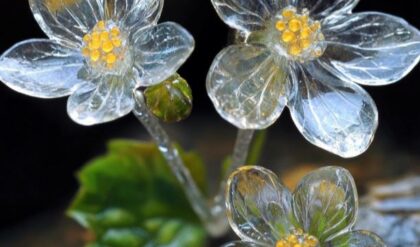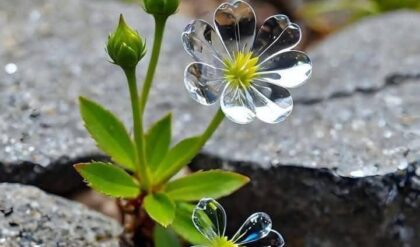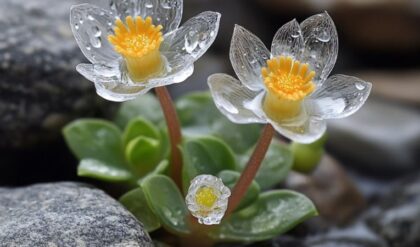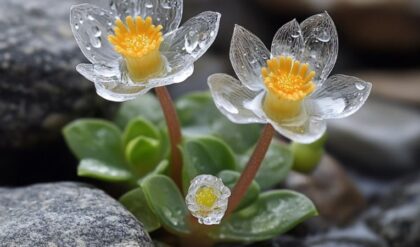Growing hibiscus plants can be akin to nurturing a vibrant canvas of nature, where each flower represents a stroke of artistry in your garden. These stunning blooms, revered for their tropical flair and subtropical essence, require mindful attention and care to flourish. Let’s delve into the essentials of cultivating these captivating plants, embracing not only the basics but also the nuances that could elevate your gardening experience.
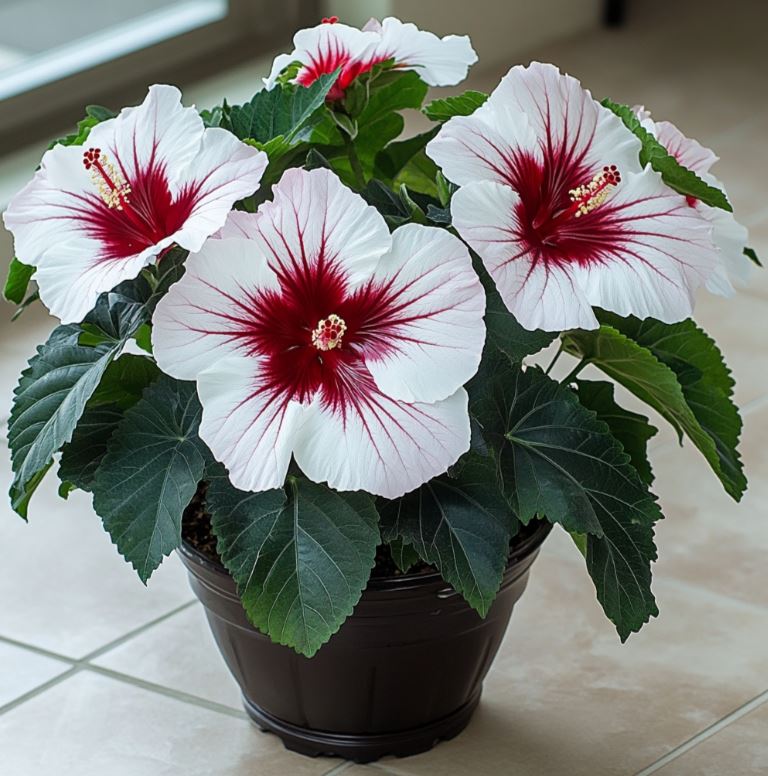
Understanding Hibiscus Varieties
Hibiscus comes in various types, from the hardy varieties found in wetlands to the more delicate species preferred as houseplants. Choosing the right type is similar to selecting the perfect brush for your artistic endeavors.
Hardy Hibiscus
Hardy hibiscus, also known as Rose of Sharon, is an outdoor garden staple that thrives in a wide range of climates. These resilient plants can withstand cooler temperatures and are often seen adorning landscapes with their vibrant, showy blooms. They are well-suited for USDA Hardiness Zones 5-9, making them a versatile choice for gardeners across many regions.
When it comes to hardy hibiscus, the key is to provide them with well-draining, nutrient-rich soil and ample sunlight exposure. These plants can tolerate partial shade, but they will thrive and produce the most abundant blooms when given at least six hours of direct sunlight per day.
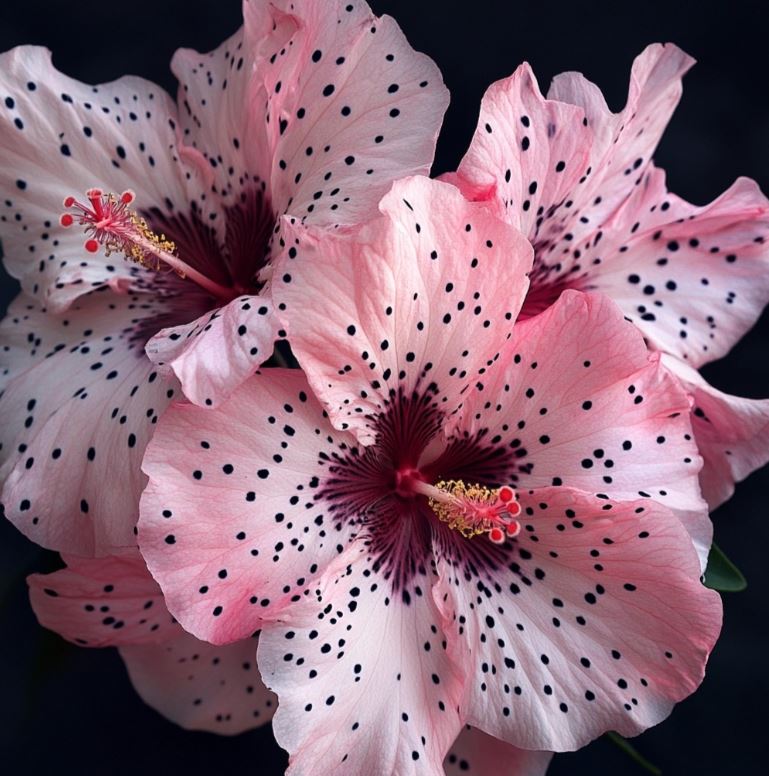
Tropical Hibiscus
In contrast, tropical hibiscus varieties prefer more tropical or subtropical climates and are often grown as houseplants or in warmer outdoor gardens. These delicate beauties hail from regions such as Hawaii, the Caribbean, and Southeast Asia, where they bask in the warm, humid conditions.
Tropical hibiscus plants require meticulous care to ensure their health and longevity. They need consistent moisture, protection from harsh winds, and a warm, humid environment to truly thrive. Indoors, they may need supplemental lighting to maintain their lush foliage and stunning blooms.
Optimal Growing Conditions
Cultivating hibiscus plants is akin to composing a symphony, where every element must be in harmony to create a captivating performance. From the soil’s composition to the plant’s exposure to sunlight, each factor plays a crucial role in the overall success of your hibiscus garden.
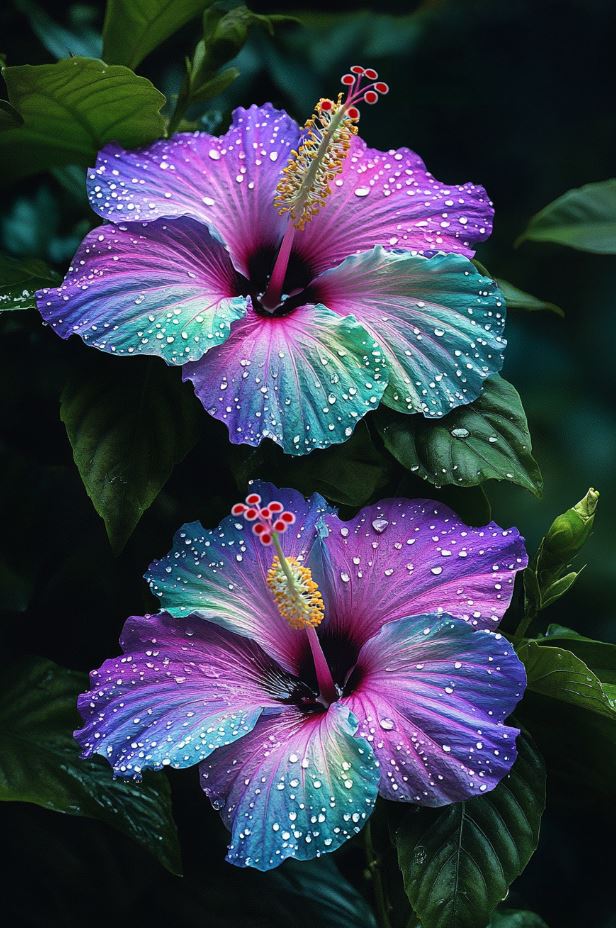
Soil Requirements
A well-draining, fertile, and moist loamy soil serves as the fertile ground upon which your hibiscus dreams will blossom. Think of the soil as the habitat that nourishes both body and soul; it must be rich in nutrients yet allow excess water to escape. This balance prevents root rot and ensures healthy growth.
When preparing the soil for your hibiscus plants, consider amending it with organic matter, such as compost or well-rotted manure. This addition will not only enrich the soil’s nutrient content but also improve its drainage and water-holding capacity. Aim for a soil pH between 5.5 and 6.5, as hibiscus plants thrive in slightly acidic conditions.
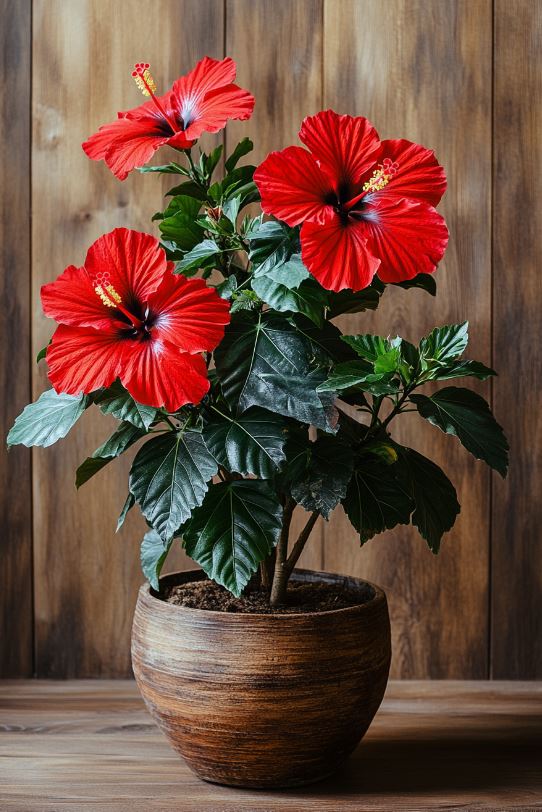
Sunlight Exposure
Sunlight acts as the essence of life for hibiscus plants. Ideally, they should bask in at least six hours of direct sunlight daily. Imagine a yoga practice in the warm sun; the influence on one’s vitality is profound, similarly impacting hibiscus blooms.
Insufficient light may lead to sparse flowers—transforming your vibrant palette into a muted hue. Conversely, too much direct sunlight, especially in hot climates, can scorch the delicate foliage and cause the plant to wilt. Finding the perfect balance is key to ensuring your hibiscus plants flourish and display their breathtaking blooms.
Planting Techniques
The journey of growing hibiscus plants can be likened to a captivating novel, with each step unveiling a new chapter of discovery and delight.

Starting from Seedlings or Seeds
The easiest route to growing hibiscus often begins with seedlings, much like starting a story from its eagerly anticipated climax. Acquiring healthy, well-established seedlings from a reputable nursery or garden center can provide a head start, allowing you to skip the initial germination phase and focus on nurturing the plant’s growth.
Alternatively, growing from seed or cuttings, while slightly more challenging, offers the enchantment of witnessing the entire journey from germination to blooming. In this context, patience becomes your most valuable tool, as you carefully tend to the delicate seedlings and watch them transform into vibrant, thriving plants.
When starting from seeds, be prepared for a more leisurely pace, as the germination process can take several weeks. Sow the seeds in well-draining potting mix, keeping the soil moist but not waterlogged. With consistent care and patience, your seedlings will eventually emerge, ready to be transplanted and nurtured into their full glory.
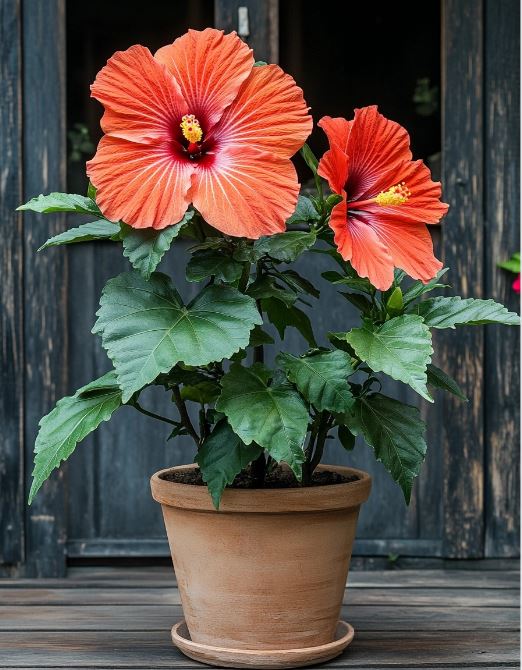
Transplanting and Container Considerations
Transplanting your hibiscus plants, whether from seedlings or cuttings, requires a delicate touch. Gently remove the plant from its current container, taking care not to disturb the root system. When planting in the ground, choose a location that provides the optimal sunlight and soil conditions, and ensure the planting hole is slightly larger than the root ball.
If growing hibiscus in containers, select a pot that is slightly larger than the plant’s existing root system, allowing for future growth. Ensure the container has adequate drainage holes to prevent waterlogging, and consider using a well-draining potting mix specifically formulated for hibiscus or other tropical plants.
When transplanting, water the plant thoroughly, both before and after the process, to help ease the transition and minimize transplant shock. With diligent care and attention, your hibiscus plants will soon acclimate to their new surroundings and resume their vibrant growth.
Watering and Fertilization
To cultivate robust hibiscus, consistent moisture is essential. However, over-watering, akin to drowning a cherished novel in coffee, can be detrimental. The key is to strike a harmonious balance, allowing the top layer of soil to dry out before the next watering session.
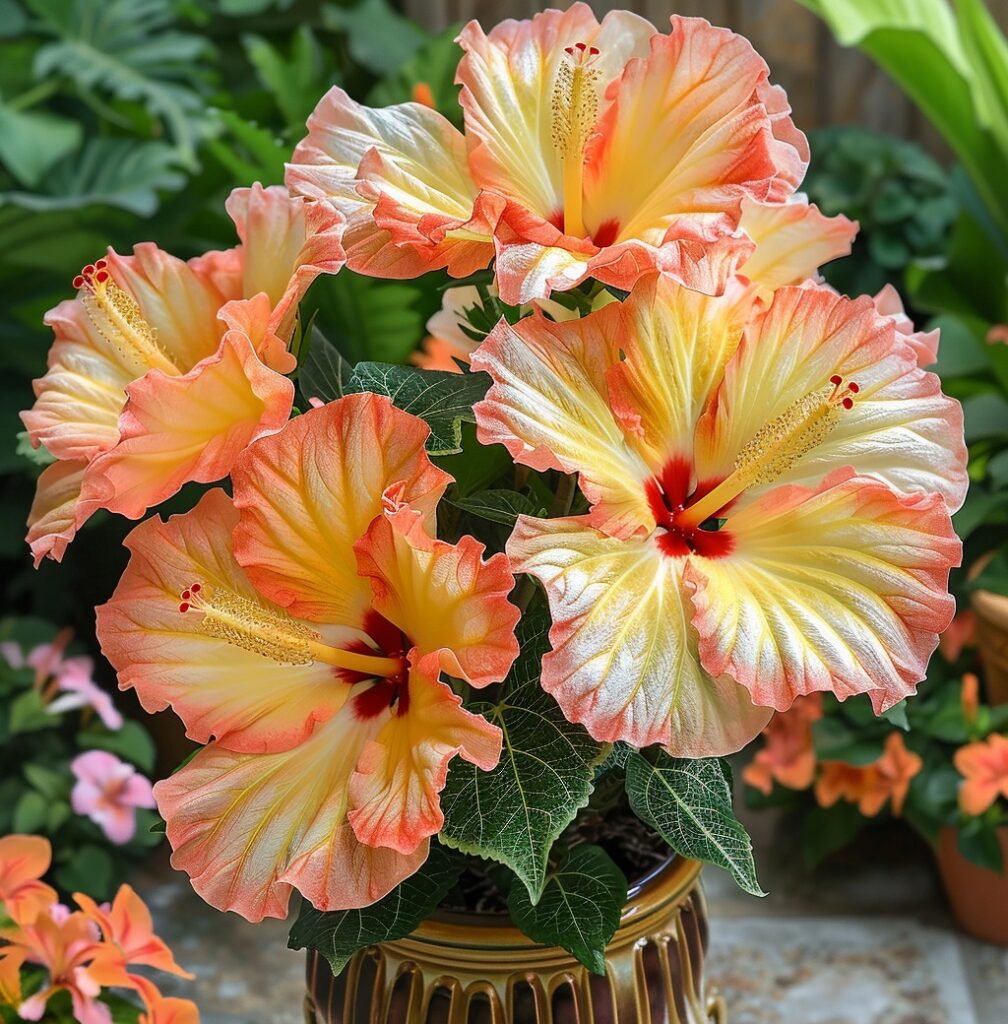
Watering Regime
Hibiscus plants thrive when they receive about 1 to 2 inches of water per week, either from rainfall or manual watering. During periods of drought or hot weather, you may need to increase the frequency of watering to maintain the soil’s consistently moist, yet well-draining, condition.
When watering, focus on the soil around the plant’s base, avoiding wetting the foliage. This helps prevent the development of fungal diseases and minimizes the risk of water-borne pests. Additionally, consider using a soaker hose or drip irrigation system to deliver water directly to the root zone, maximizing efficiency and reducing water waste.
Fertilization Strategies
Fertilizer adds another layer to this narrative—consider it a plot twist that invigorates your plant. A balanced, slow-release fertilizer during the growing season promotes lush foliage and bright blossoms. Look for a fertilizer formulation with a ratio of 10-10-10 or 12-4-8, which provides the necessary nutrients for healthy growth.
When applying fertilizer, be mindful of the plant’s needs and the soil’s existing nutrient levels. Avoid over-fertilizing, as this can lead to excessive vegetative growth at the expense of flower production. Instead, follow the manufacturer’s instructions and adjust the frequency and quantity based on the plant’s response.
For container-grown hibiscus, you may need to supplement with additional fertilizer applications, as the confined root system can deplete nutrients more quickly. Incorporate slow-release fertilizer granules into the potting mix or use a water-soluble fertilizer every two to four weeks during the growing season.
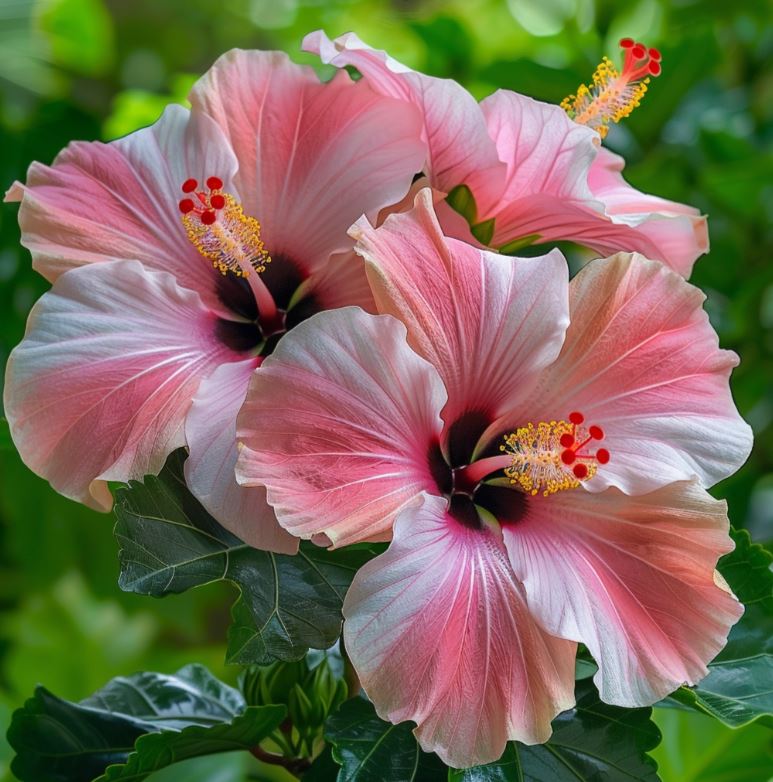
Pruning for Perspicacity
Pruning plays a crucial role in managing the health and aesthetics of your hibiscus. Regular removal of dead or damaged branches instructs the plant to focus its energy on producing stunning new growth—much like revising a draft to polish ideas into clarity.
Timing and Techniques
Be sure to trim judiciously after blooming, preparing your plant for the next cycle of splendid blooms. Remove any dead, damaged, or crossing branches using clean, sharp pruning shears. Make clean cuts just above an outward-facing bud or leaf node, encouraging the plant to branch out and maintain a balanced, symmetrical shape.
For tropical hibiscus grown indoors, prune lightly throughout the year to maintain the desired size and shape, removing any wayward or leggy growth. Outdoor hardy hibiscus may require more extensive pruning, especially in early spring, to remove winter damage and stimulate new, vibrant foliage.
Shaping and Aesthetics
Pruning also allows you to sculpt the overall appearance of your hibiscus plants, guiding their growth and enhancing their visual appeal. Carefully trim and shape the plants to create a more compact, bushy habit or to encourage a more open, airy structure. This attention to detail can transform your hibiscus into a true work of art, complementing the surrounding landscape or indoor decor.
As you wield your pruning shears, remember to approach the task with a discerning eye and a gentle touch. Each snip should be made with intention, focused on the plant’s health and the desired aesthetic outcome. With time and practice, you’ll develop a keen sense of when and how to prune, allowing your hibiscus to reach its full potential.
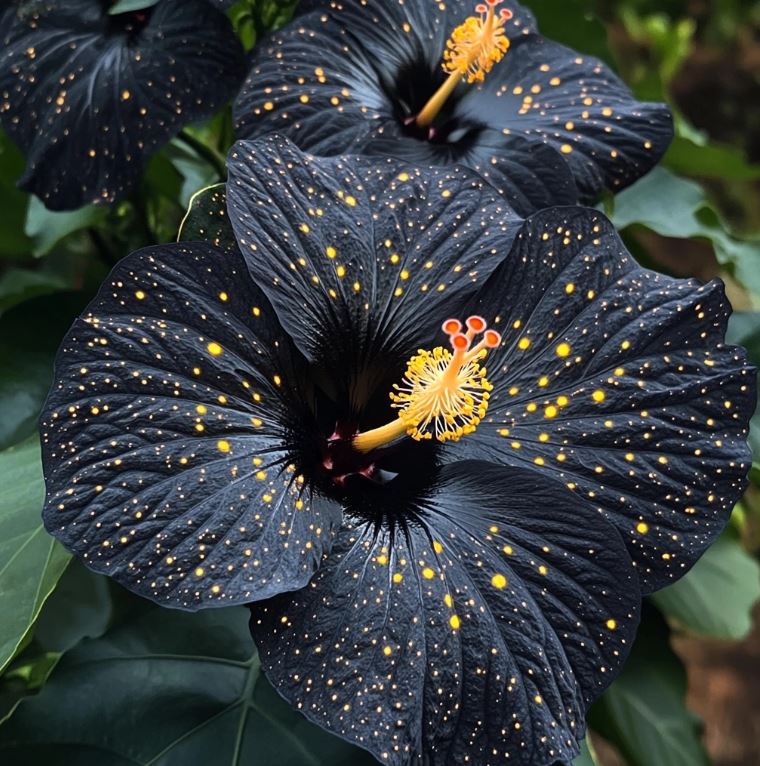
Environmental Factors
Moreover, consider sheltering your hibiscus from harsh winds, similar to shielding music notes from cacophony; a gentle breeze might suffice, but gales can wreak havoc. Moreover, if growing in containers, ensure they are made from a material that maintains an optimal temperature, keeping roots warm yet airy.
Wind and Temperature Protection
Hibiscus plants are particularly sensitive to strong winds, which can tear delicate leaves, damage tender stems, and disrupt the plant’s overall growth and flowering. In areas prone to gusty conditions, consider placing your hibiscus in a sheltered spot, such as near a wall, fence, or shrub barrier, to provide a natural windbreak.
For container-grown hibiscus, you may need to move the plants to a more protected area during periods of high winds. Alternatively, you can construct a simple physical barrier, such as a temporary screen or trellis, to shield the plants from the elements.
Temperature is another crucial environmental factor for hibiscus. Tropical varieties thrive in warm, humid conditions, with an optimal temperature range of 65°F to 85°F (18°C to 29°C). Sudden temperature drops or exposure to prolonged chilly weather can cause the leaves to wilt, the buds to drop, and the overall health of the plant to decline.
When growing hibiscus in containers, select pots made from materials that help regulate temperature, such as terra cotta or ceramic. These materials absorb and release heat more slowly, providing a stable environment for the plant’s roots. Positioning the containers in a sheltered spot, such as against a wall or under a patio cover, can also help protect the plants from extreme temperature fluctuations.

Humidity and Air Flow
In addition to temperature, maintaining proper humidity levels is essential for the well-being of hibiscus plants. Tropical and subtropical varieties, in particular, require a humid environment to thrive. Low humidity can lead to stunted growth, leaf curling, and reduced flower production.
To enhance the humidity around your hibiscus plants, consider misting the foliage regularly or using a pebble tray. Alternatively, you can group your hibiscus plants together, as the collective transpiration can create a more humid microclimate. In dry climates, you may need to use a humidifier or place the plants in a greenhouse or sunroom to ensure they receive the moisture they crave.
Adequate air circulation is also crucial for hibiscus plants, as stagnant air can encourage the development of fungal diseases and pests. Ensure your plants receive a gentle, consistent breeze, either naturally or through the use of small fans. This airflow helps regulate temperature, promote drying of the foliage, and generally keep the plant’s environment healthy and thriving.
Conclusion
By blending these elements thoughtfully, your hibiscus won’t merely exist but will instead thrive—not just as a plant, but as a co-creator of the nature-inspired haven you envision. From understanding the diverse varieties of hibiscus to mastering the nuances of their optimal growing conditions, each step in the cultivation process is a testament to the plant’s captivating beauty and your dedication as a gardener.
As you embark on your hibiscus-growing journey, embrace the art of patience and the joy of nurturing these tropical wonders. With each bloom that unfurls, you’ll witness the manifestation of your hard work, the fusion of nature and your own creative vision. So, pick up your metaphorical paintbrush, and let the enchanting world of hibiscus plants inspire you to cultivate a true masterpiece in your garden.
